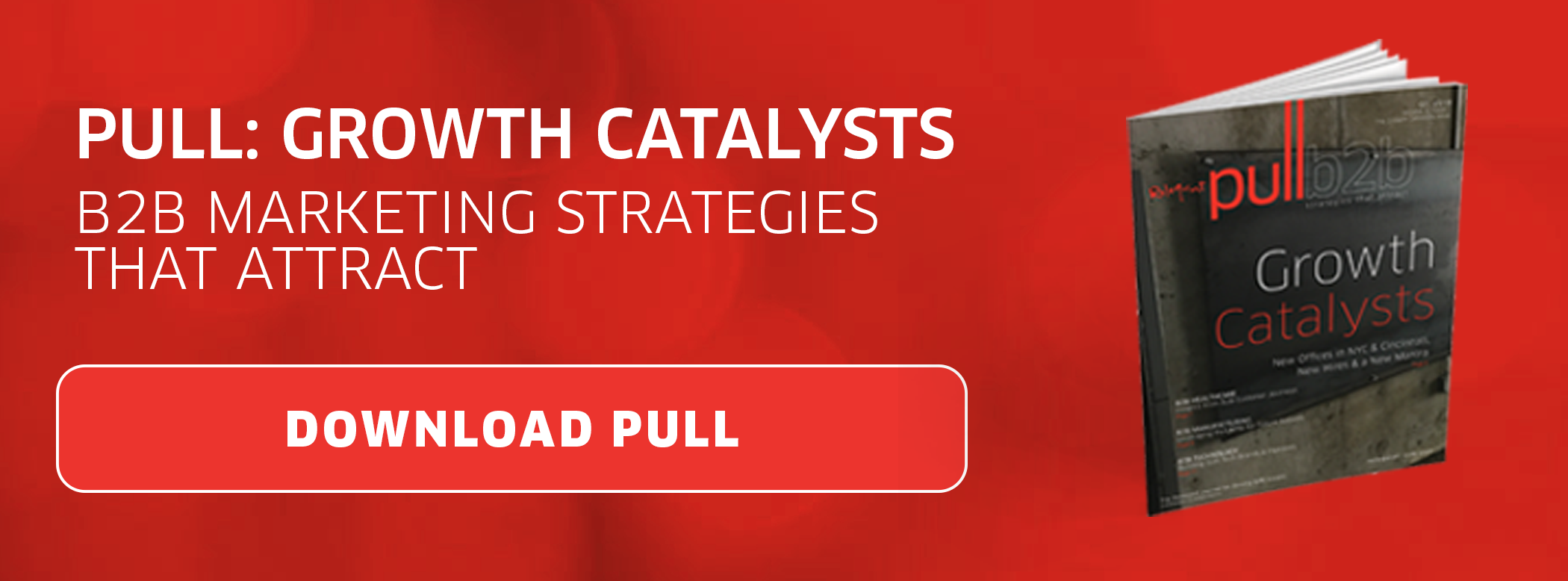 As inbound marketers, we often talk about the buyer’s journey. But have you ever actually mapped your buyer’s journey out? If not, invest some time in creating your first customer journey map to better understand and improve the experience of your customers — and improve conversions on your end.
As inbound marketers, we often talk about the buyer’s journey. But have you ever actually mapped your buyer’s journey out? If not, invest some time in creating your first customer journey map to better understand and improve the experience of your customers — and improve conversions on your end.
What is a Customer Journey Map?
Customer journey maps give you a holistic view of your typical buyers’ experience and reveal the complexities of the paths customers take along your touchpoints, whether they actually become a customer or drop off along the way.
A deep understanding of each touchpoint is the eventual goal of your customer journey map. But it’s important not to spend too much time dwelling on any single stop until you’ve got the entire journey laid out, as your perspective is likely to change once you can see the big picture.
Creating Your Map
The amount of time and resources you dedicate to this process should be a reflection of the size of your company, the complexity of the products and services you offer and the typical decision-making process for your buyers.
We recommend starting with your best customer segment and following these steps:
- Gather Information. Google Analytics helps you see where visitors are coming from, which pages are the most visited, what paths visitors are following and what they’re trying to do on each page. Social media activity reports are also excellent sources of data. For example, LinkedIn analytics can tell you which posts are sending people to your website and give audience information including location and demographics.
At this point, try not to assign too much value to your findings — easier said than done when we’re so trained to react to pageviews and clicks. Instead, focus on patterns that reveal paths. It’s helpful to add a bit of humanity to these numbers by talking directly to your customers, asking for feedback at certain touchpoints or spending some time with client-facing team members in your sales and customer service departments. - Create a Sketch. Start drawing a rough path for a single segment of your customers. Focus on how this buyer first makes contact with your company, and which specific touchpoints are hit as they make their way down your sales funnel.
Keep in mind that in the same way a buyer persona won’t cover every single nuance of your customer segment, your journey map won’t be a 100 percent accurate representation of every possible movement. Instead, it will tell the bigger story. Just as in the first step, getting bogged down in minute details will impede the process. - Visit the Touchpoints. Put yourself in the shoes of someone who is completely new to your company. For each touchpoint, ask yourself what the prospect is doing and thinking at each interaction.
Some questions to consider for each point include: - What is the prospect trying to accomplish?
- What information is the prospect trying to find?
- How is the prospect interacting with the company at this point?
- What feelings and emotions are associated with this point?
- What is influencing the prospect’s decisions at this stage in the process?
- How is my company addressing the specific needs of this singular point?
- Where is the prospect going next? Have I provided an effortless jump-off to the next leg of the journey?
For example, an initial touchpoint might be a blog post that's reached following a Google search for information. At this stage, the prospect is early in the process and gathering information. Your goal for their journey is to guide the prospect to more information or even a top-of-the-funnel conversion — is this happening? How can you inspire more action?
Another touchpoint may be a mid-funnel nurturing email that included a link to an informational video. At this stage, the prospect is likely narrowing her selection of solutions and may be looking for technical specifications or pricing information. Are you addressing those needs? Have you made the next steps clear to the prospect?
What’s Next?
It’s key to share this information company-wide, and include others in the process. Your map should tell a story about your buyers that will help your designers understand the context of each page, help your copywriters address questions and help your sales team spot areas to improve the experience. It can also help management teams stay focused on the entire journey, and not get caught up in a singular, hot-button area such as SEO or social media.
Over time, add to your map to describe additions and improvements. Or, choose a touchpoint and do a deep dive, picking it apart for more nuanced interactions. Make customer journey mapping a regular part of your content and marketing automation strategy, and enjoy more satisfied customers across the board. ![]()







 By
By 
